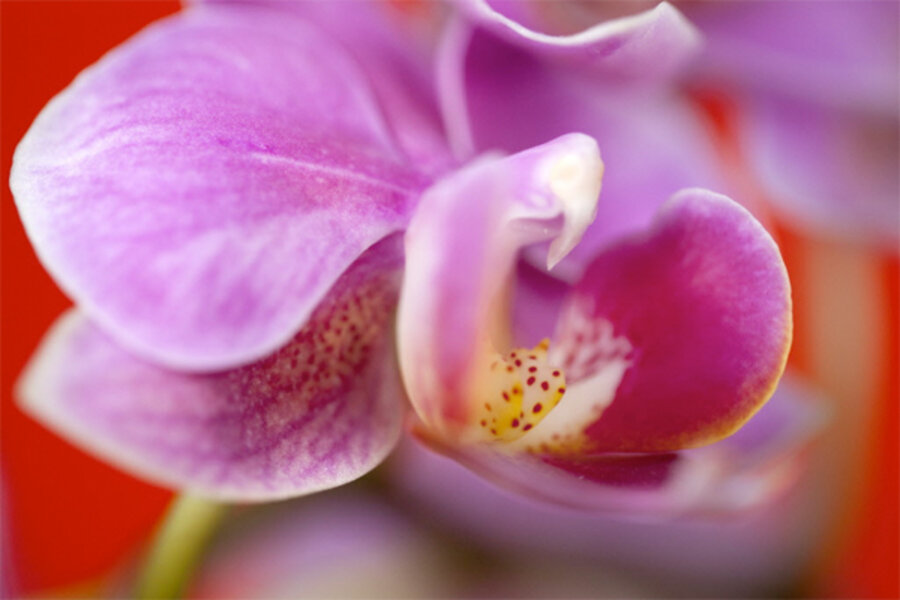Put your orchids on ice
Loading...
One tends to equate orchids with steaming jungles, fancy corsages, and a rotund Nero Wolfe tending his rare beauties in a glass garden.
Not so for thousands of casual indoor gardeners. They think of orchids not in relation to the tropics or fat, fictional detectives, but in terms of a rather uncomplicated hobby.
Despite the myths surrounding the aristocrat of flowers, those who've tried growing orchids insist they aren't terribly finicky – as long as one gets the water requirements right.
The image of temperamental, high-priced orchids is rooted in history and legend. Confucius wrote that orchids were flowers of great refinement to be held in high esteem. Until the 18th century, orchids were revered and heralded as medicinal remedies and aphrodisiacs.
In the late 1700s, exotic orchids imported from mysterious parts of the globe captivated plant fanciers in Europe. Serious collectors were willing to pay large sums for an unusual specimen. Since then, orchid raising has been considered a passion for the wealthy.
But these days you don't need to take out a second mortgage to start an orchid collection. That's a good thing, because early in this snowy winter I desperately needed to see something in bloom. So I bought a pretty Phalaenopsis (fal-uh-NOP-sis; Nero's favorite) orchid at a local store and hoped I'd guess right as to how much water it might need.
Then I got home and noticed the simple watering instructions on the tag: Just add ice. How did someone come up with such a brilliantly simple solution? I needed to know, so I contacted the growers.
Emily Chockley of Green Circle Growers explained that the company was looking for a way to simplify care and encourage more people to give orchids a try. "After multiple tests at our greenhouse facility and with consumers, we've found that three ice cubes (equivalent to one-quarter cup of melted water) for a Just Add Ice Orchid is the perfect amount of water per week."
Orchids hate to stay constantly wet, so ice cubes are a great solution because they melt slowly enough to distribute the water throughout the soil, leaving little left at the bottom of the pot. And ice cubes melt quickly enough that the roots aren't harmed.
But is it wise to water with ice in the dead of winter? The company says outside weather conditions should not dictate watering practices.
The only exception is when the orchid is placed in a very bright location where it gets lots of sunlight. In that case, the plant may need more than three ice cubes per week.
One way to know if the plant is getting enough water is to look at its roots. You can gently lift the plant out of the pot to check: If the roots are a healthy light green, the orchid is well watered. If the roots are white or grayish, then use a few more ice cubes.
Although I scratched my head at first, the ice cube watering method has done the trick for my new orchid. The foliage is gorgeous and it has been laden with blooms for more than two months. In fact, I counted 21 flowers this morning.
But before you get started with orchids, please heed this warning from someone who believes that there is always room for one more rose: A casual interest in orchids can easily become a consuming one.
One hobbyist I know started with a single plant in her living room. Today she has three jampacked greenhouses and is planning to build another this spring.
The author writes regularly for The Monitor's gardening blog, 'Diggin' It.'







